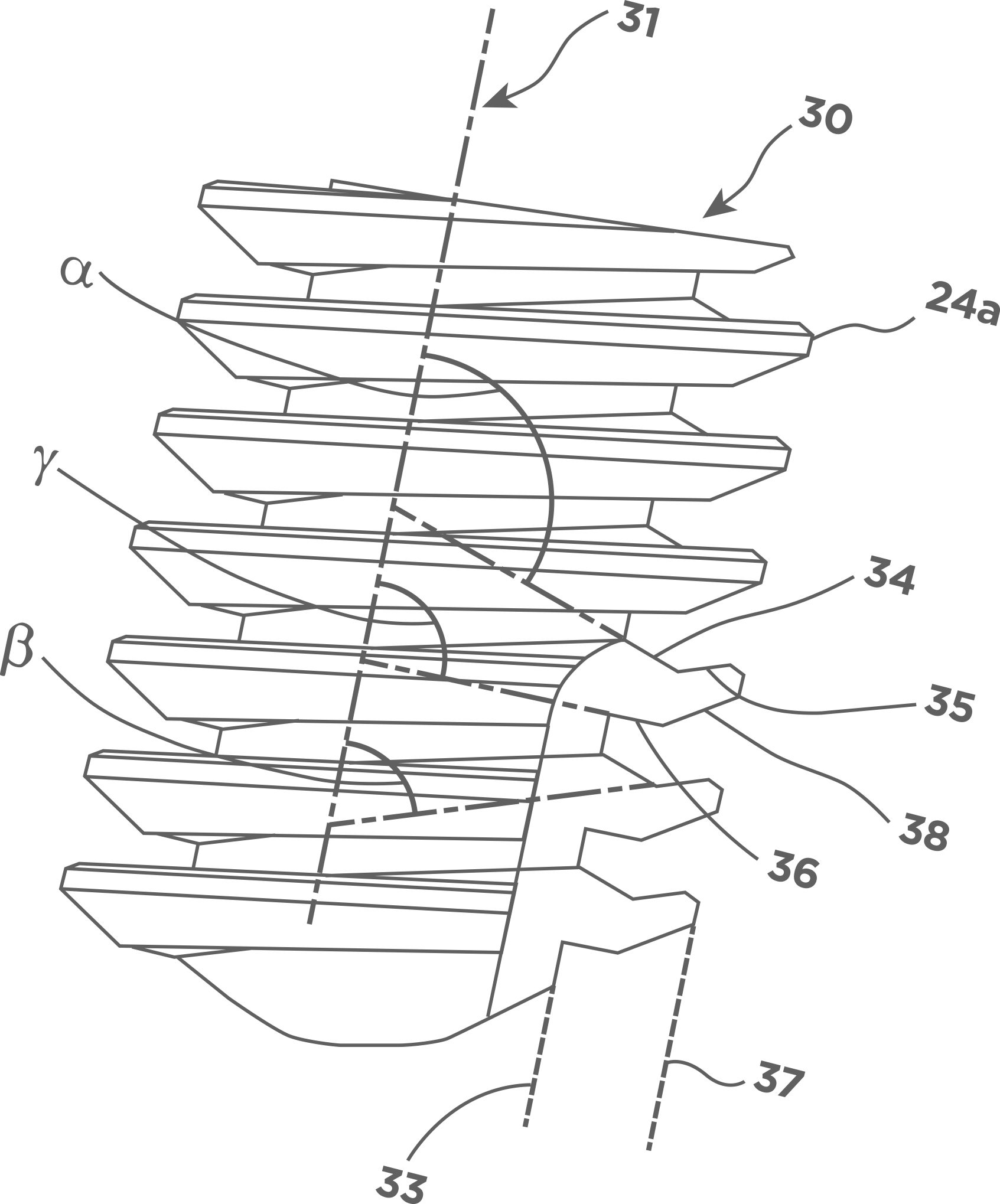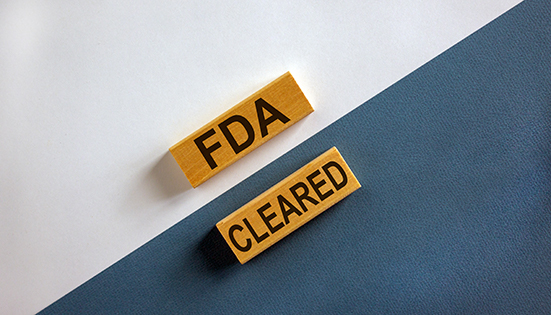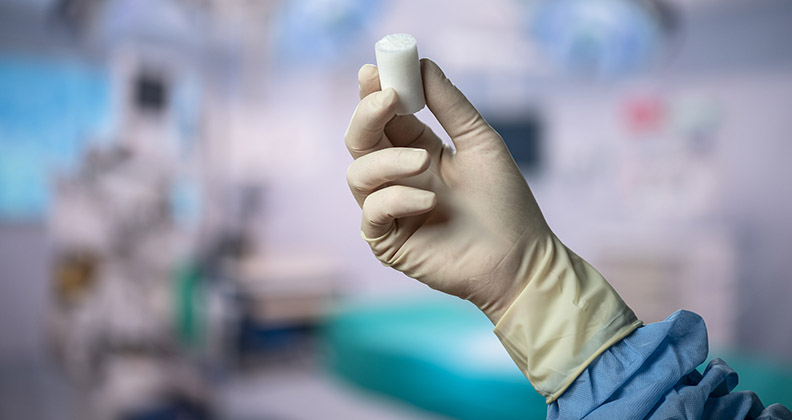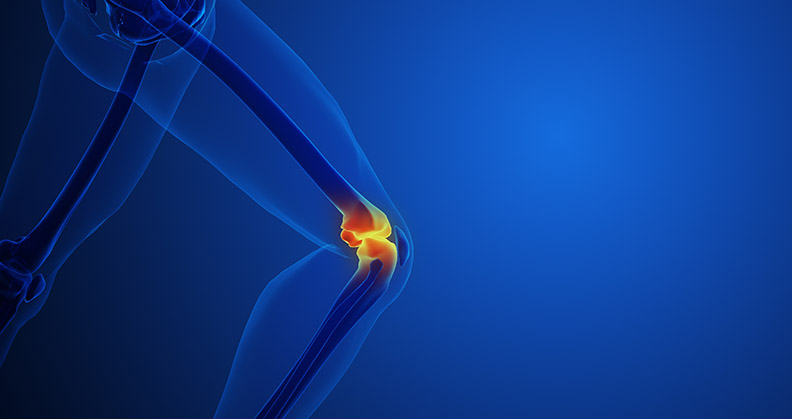
OsteoCentric is an orthopedic company working to create the Gold Standard for bone implant interfacing. The company’s flagship offering is, UnifiMI, a suite of products that leverage thread geometry technology to improve the way that implants are affixed to the bone.
“By name, OsteoCentric is bone-centered,” said OsteoCentric’s Chief Marketing Officer Gavin Sontag, “which means we are hyper-focused on the way bone interfaces with implants in all areas of orthopedic, dental and veterinary surgery.”
Problem Solving to Maintain Healthy Bone
In recent years, orthopedic technology advancements have largely been defined by transformative technology and updates to materials and coatings on implants. But in the development of UnifiMI, OsteoCentric is offering a somewhat simple solution to a problem that they think most orthopedic innovators seem to be missing. The current standard for securing implants leaves room for better outcomes for the stability, preservation and overall health of a patient’s bone.
UnifiMI offers a superior method for securing bone implants with technology that was inspired outside of the medical device industry, Sontag said.
“The original concepts, intellectual property and problem-solving mentality were adapted from heavy industry, and then used to solve systemic problems in the interface between implants and bone,” he said. “Our patented bone preparation and thread geometry technology (UnifiMI) allow implants to circumferentially interlock with adjacent bone. This facilitates a functional and structural connection between the two and also facilitates increased stability and load sharing throughout an implant or construct.”
Securing the Bone/Implant Interface
OsteoCentric’s technology starts with bone preparation. The company designed its drill bits to preserve bone volume by drilling cylindrical pilot holes. The UnifiMI implants utilize proprietary self-tapping technology to advance bone chips forward in order to create a clean bone-implant interface. The technology maintains the health of the patient’s bone. OsteoCentric designed UnifiMI’s thread geometries to preserve the bone’s architecture by minimizing outward forces applied to the mechanically integrated bone.

OsteoCentric’s UnifiMI creates a symbiotic relationship at the bone/implant interface.
What’s Next for OsteoCentric?
OsteoCentric’s current suite of UnifiMI products is mainly geared towards the orthopedic trauma market and spine and extremity systems. It recently secured $30 million in growth capital led by Squadron Capital and OnPoint Advisors. The funding will fuel new product introductions, which address implant instability and expand UnifiMI applications in the trauma space. Additionally, the company actively seeks to bring UnifiMI to new orthopedic companies.
“In certain market segments, we are investing heavily in development and inventory to help drive our direct-to-market strategy through the OsteoCentric brand,” Sontag said. “In other areas, we will look to partner or license to proven industry-leading companies.”
When asked about what emerging trends he saw in the fracture and trauma market, Sontag said young surgeons and new ideas are driving significant changes.
“We believe that surgeons, especially those newer to practice, are open and excited to get their hands on new technology and drive new ideas in the space,” Sontag said. “Additionally, healthcare entities are open to hearing more about technologies that can get patients up and moving quickly while also limiting costly revision surgery.”
PM
Patrick McGuire is a BONEZONE Contributor.




